Luoyang Travel Guide
Luoyang, named for its location north of the Luo River (where “yang” historically refers to the northern bank of a river in ancient China), is one of China’s most ancient and culturally rich cities. As the earliest and longest-serving capital in Chinese history, Luoyang was home to more than 100 emperors across 13 dynasties. Known as the “City of Emperors,” it offers a fascinating blend of historical sites and vibrant nightscapes for visitors to explore.
The Longmen Grottoes in Luoyang, along with the Mogao Caves in Dunhuang and the Yungang Grottoes in Datong, are celebrated as one of China’s three major ancient Buddhist sculptural sites.Carved during the Northern Wei Dynasty over 1,500 years ago, the site boasts over 1,300 caves and niches containing more than 100,000 Buddha statues.
Luoyang is also famous for its spectacular peony flowers, which are in full bloom from the Qingming Festival in early April to the May Day holiday. Renowned for their variety and vibrant colors, Luoyang’s peonies range from common pinks and whites to rare black and green hues. During the Peony Festival, the city is adorned with these flowers, transforming parks and streets into a colorful paradise. Notable places to enjoy the peonies include Wangcheng Park and the National Peony Garden.







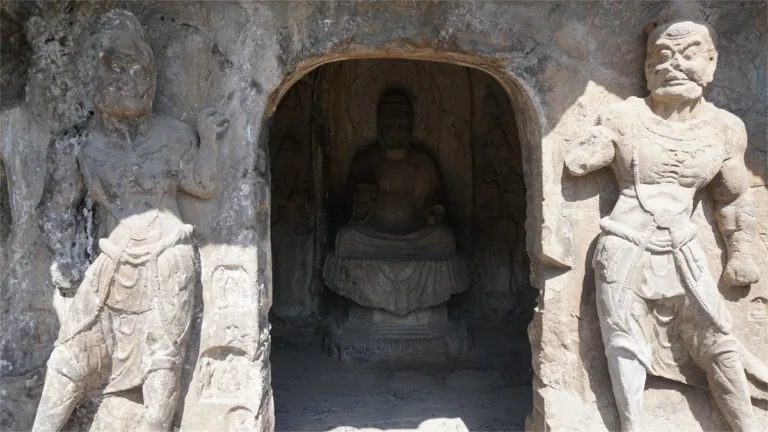

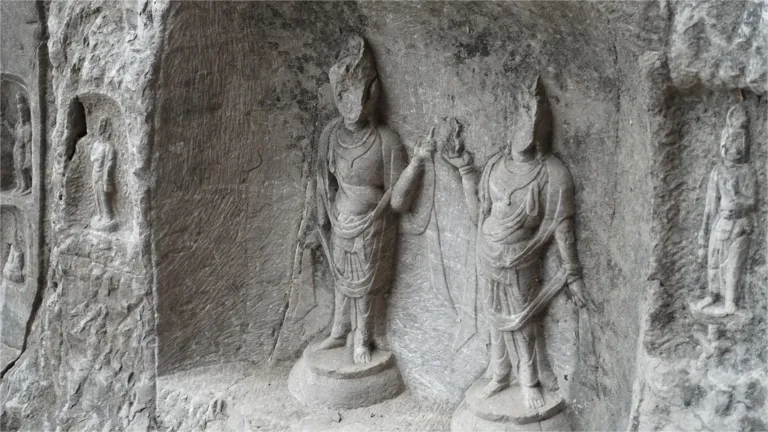
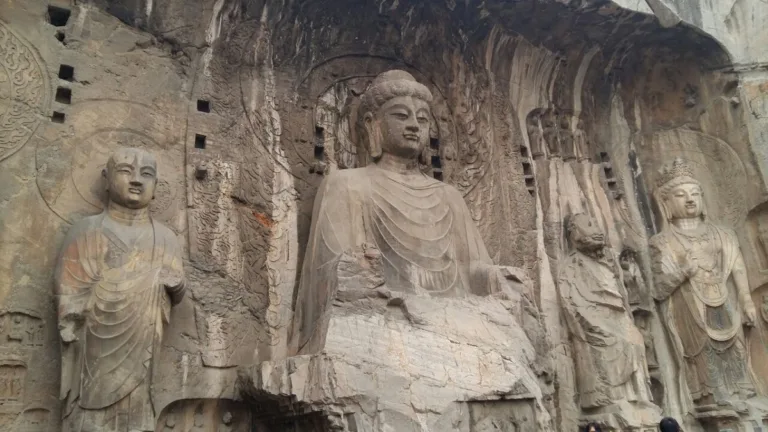
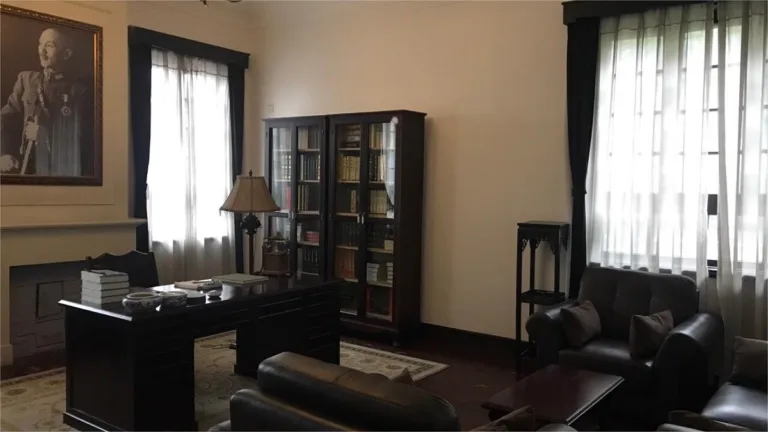
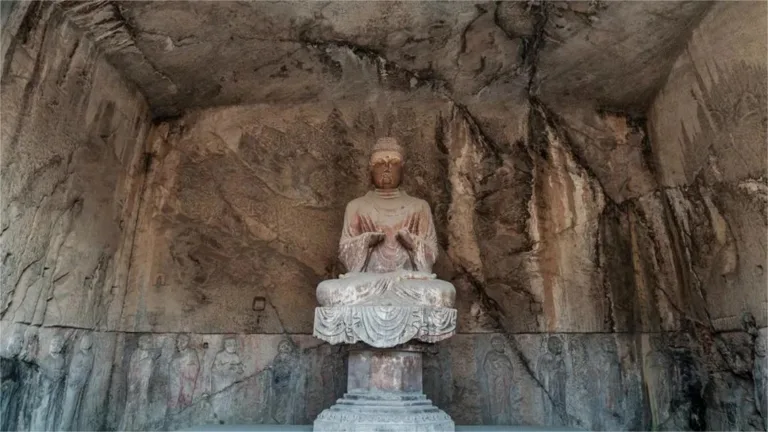
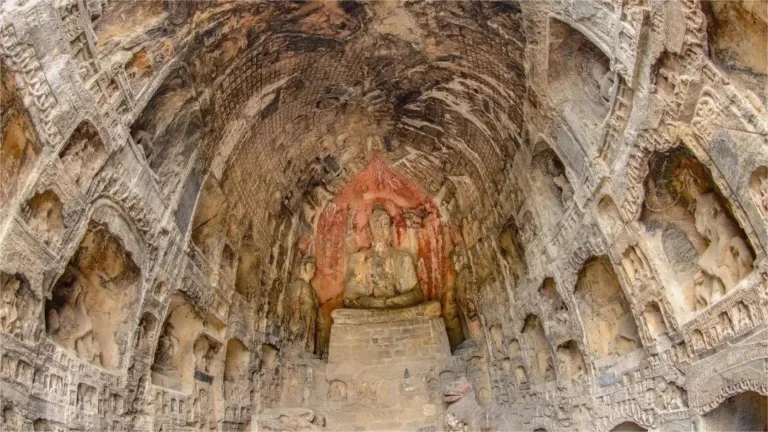


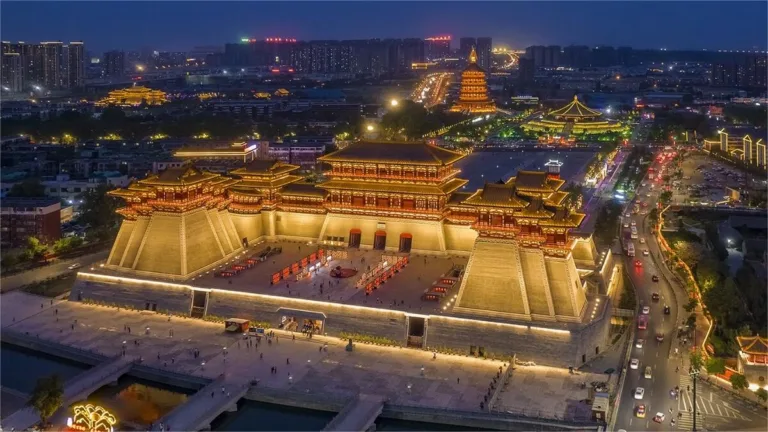

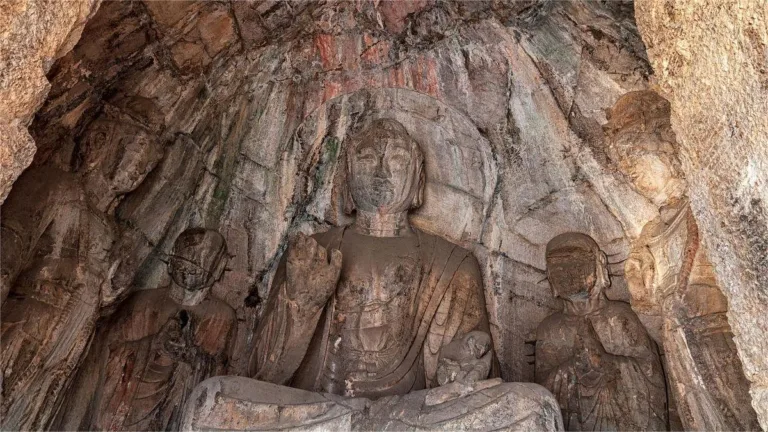


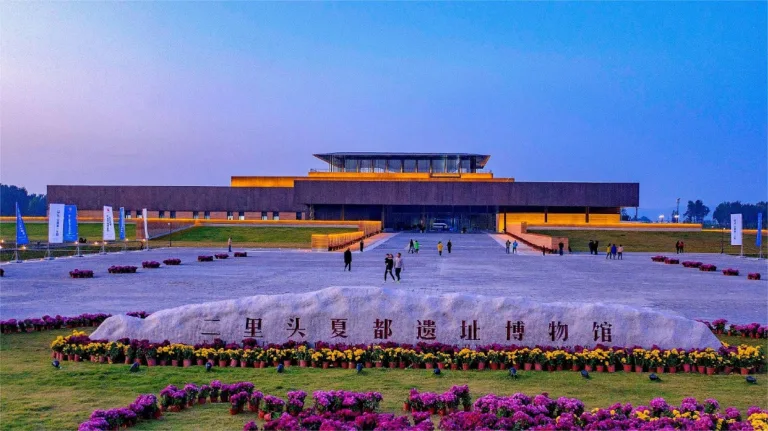
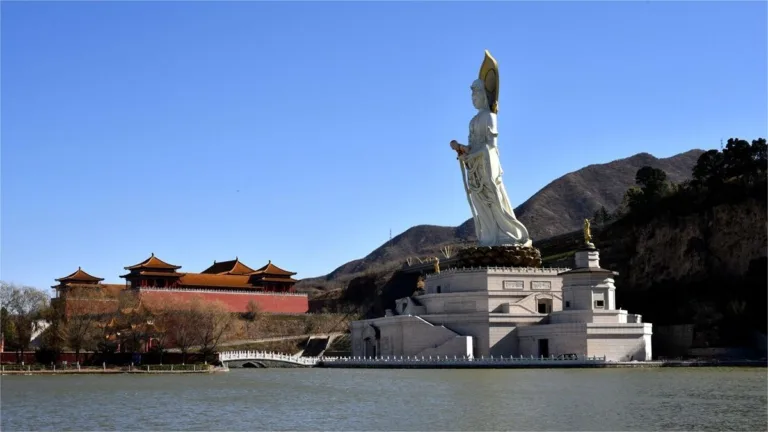




























Yesterday, it was around 20 degrees Celsius at Wangcheng Park. I went in the afternoon, and it was quite sunny. However, the weather has been quite unpredictable lately, so make sure to check the weather forecast before heading out! The peonies aren’t blooming much yet; most of them are still in bud. It seems we might have to wait another two weeks for a full display.
Luoyang is great, but the traffic is really bad. On the busy commercial streets, private cars are parked haphazardly, making it difficult for tourists to walk through the gaps between vehicles. There were also two truck drivers arguing with each other on the road, neither willing to give way. The bus stops were filled with private cars as well, resulting in a very poor experience.
Luoyang Ancient City: At night, there is a lot of light pollution everywhere. I tried to find a pretty spot to take pictures, but when I opened my phone camera, it was all filled with the glow from supplementary lighting, which was hard to avoid. You need to scan a QR code for reservations to enter. Yingtian Gate: It’s all about photography here, and no matter where you shoot, the background is filled with people. There’s also a lot of… Read more »
1. The night tour of Longmen Grottoes has been canceled! 2. If you’re planning to do makeup and photoshoots, it’s recommended to stay near Yingtian Gate or Lijing Gate. Get your makeup done during the day, and after the lights come on at night, take photos at Yingtian Gate, Tiantang Ming Tang, and Jiuzhou Pool. 3. If you enjoy hiking or scenic mountain spots, you’ll definitely love places like Laojun Mountain, Baiyun Mountain, Longtan Grand Canyon, Chongdugou, and Jiguang Cave.… Read more »